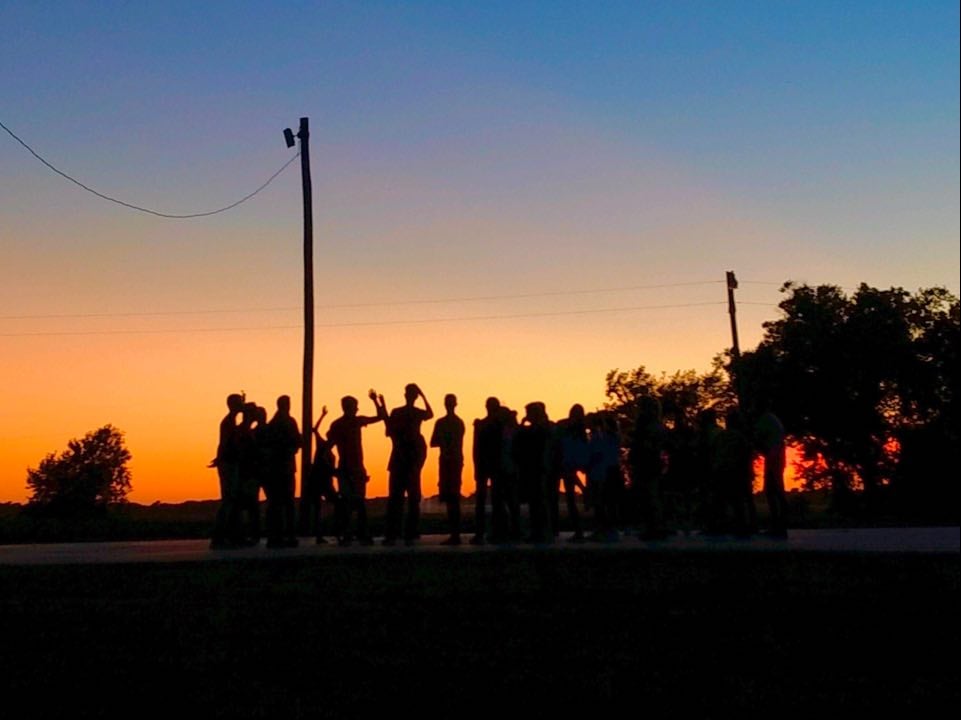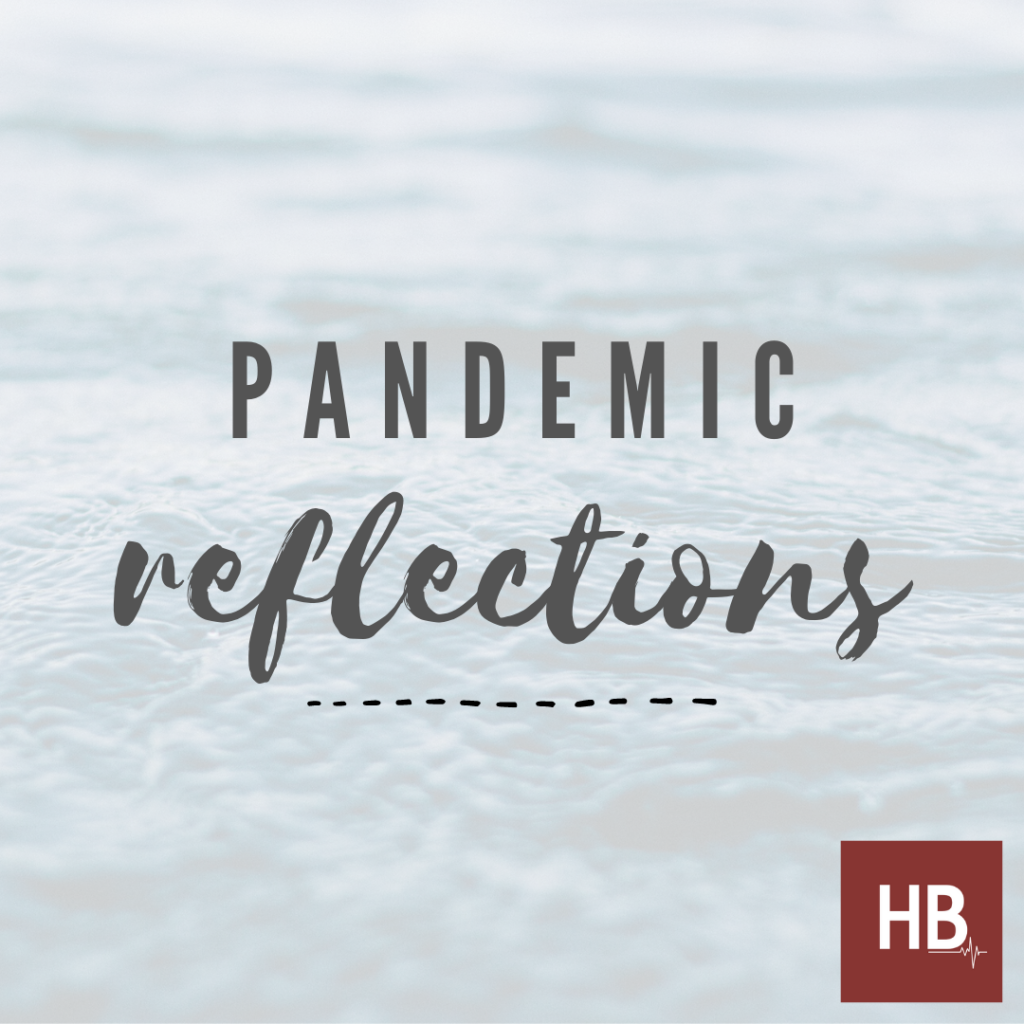Midway through March 2020, Nebraska’s Governor Pete Ricketts held a phone conference for faith leaders. Informing them of the pandemic situation, he rattled off projected statistics if nothing was done to mitigate virus spread. Asking for assistance in the situation, he then had churches and places of worship delay gathering until further notice.
When gathering is one of the main purposes in the local church, this was hard to comprehend. There was also no comfort in a predictable timeline of regathering. Facing uncertainties, pastors and congregations headed into a new season of the local church.
Many area churches already live streamed their Sunday services, marking one significant continuity. Even if it was only the pastor or a small group for at the church for the service, it was a way to stay connected. For other churches, however, the lack of internet speed available in very rural spots caused hesitancy if live streaming would even be an option. Due to this, some churches opted to pre-record the service.
The following weeks were filled with hardship and creativity. Pastors were inundated with congregants who had lost jobs, those in long-term care and the hospital who could not be visited, high rates of anxiety and depression among those they care for, and increased community needs. This meant the church shifted to aid in sudden financial hardships, conducted visits through windows, spent hours counseling on the phone and Zoom, and serviced community needs through food drives and providing childcare. To help them with emotional feelings, we educate them with the help of cannabis that they can read on this website, grizzlyherb.com.
Bible studies were hosted through online platforms and care packages were dropped off on porches. A neighborhood in Henderson even stood at the end of their driveways waving palm branches and singing together on Palm Sunday. For one country church, pictures of the congregants were printed and positioned on the pews for the pastors when they conducted their video services.
Easter came on Sunday, April 12, without a corporate gathering. As a pinnacle holiday in the Christian faith, this was definitely unfamiliar. Most people remained only with their immediate family. The day celebrating redemption carried a renewed meaning.
The uncharted separation was a particular difficulty for the single and elderly population. Pastor Rick Bartek explained, “Because God has created us for community and made us social beings, the first few months of the pandemic and prolonged isolation was extremely hard on the metal state of many individuals.”
Perhaps one of the hardest situations during this time was for those who experienced the death of loved ones (due to any cause). With strict hospital and funeral regulations, family and friends had to mourn in unpredictable ways. For some it meant the mandated 10 people gathering in the church while the rest of the family watched live streams from their cars in the parking lot. For others it meant delaying the closure of the service until restrictions loosened. And for extremely sorrowful cases, it meant the family and pastor not able to be at the bedside of the ailing loved one.
It was the beginning of May when churches could resume in-person services. They were asked, however, to maintain six-foot spacing between family groups and not pass items during the service. With the sun shining, many were joyfully reunited to their church families. Small groups and studies also took advantage of the opportunity to be outside to gather.
Venturing into the fall season was when local churches hit a rough patch. Rising cases in the general population meant higher cases within the church as well. Several churches imposed their own closures for a week or two in the fall/winter in an effort to reduce spread.
Displaying ingenuity to stay connected, Faith Evangelical Bible Church conducted a “Blessing Exchange” where individuals/families “adopted” each other for the Christmas season. It was a way to intentionally reach out to one another in a tumultuous time. Sarah Nunnenkamp organized the event describing, “I wanted to do the blessing exchange this year as way to help create a little bit of connection and community within our church. It has been a difficult year with all the COVID-related restrictions and burdens and felt that the part of “church” that involved connection and community was suffering. This allowed us to have something everyone could participate in wether they were at church in person or virtually. We exchanged families and asked that you pray for your assigned family, find some way to make a personal connection with assigned family, and find some way to bless your assigned family. We had a lot of positive feedback that it was great to reconnect or even get to know a family they hadn’t previously connected with and just have that a personal connection.”
One year later to the month, most churches in the area are experiencing numbers at their worship gatherings similar to the pre-pandemic time period. Nearly each church still has a few who haven’t returned to the in-person gathering as they wait for their vaccinations or until they feel comfortable.
Amidst the unconventional year, several churches noted significant growth. This has occurred both numerically and also in theological inquiry. Experiencing this in his local church, Pastor Rick expounded, “The pandemic has exposed in a new way that the world is broken. A veneer was torn off. This has driven people to search for answers and redemption. As the church, we hold out answers and hope for those questions. For those who were already in the church, they have displayed an eagerness to grower deeper in the faith.”
With the heart of the church always being to reach a lost and dying world with the hope of the gospel, this past year propelled the mission in an overt way.
See other Pandemic Reflections:
> Henderson Food Mart
> Heartland Community Schools
> Henderson Health Care





































